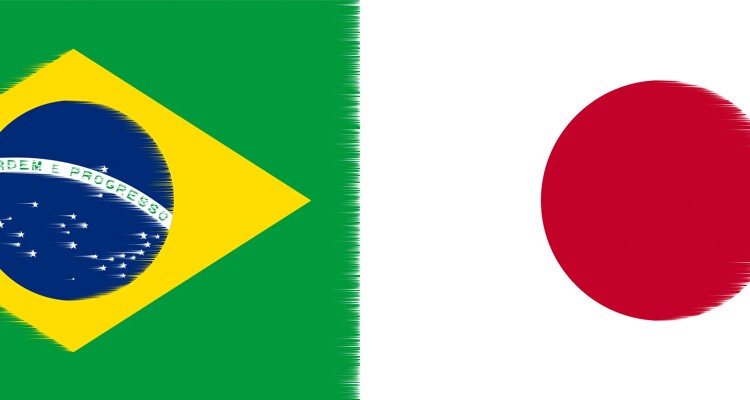If you’ve been a casual observer of martial arts, you are surely familiar with judo, one of the only two martial arts to be included in the Olympics. And thanks to the exploits of mixed martial arts (MMA) fighters who have become celebrities in their own right, you may have also heard of Brazilian jiu-jitsu.
But do you realize that these two martial arts are in a way connected with each other? Brazilian jiu-jitsu and judo emanated from the traditional Japanese martial art of jujutsu. Jujutsu was the ancient Japanese martial art that taught its practitioners how to defeat an armed opponent without weapon or using only a short weapon. Brazilian jiu-jitsu was also developed out of the ground-fighting phase of judo, where fighters see the initial throw as the start of the fight.
Yet there are also differences between the two martial arts such as in:
Origins
Judo traces its origins to the traditional Japanese jujitsu, which was developed in the Asian country during the Feudal period from the 11th century to 16th century A.D. It was known by other names like Yawara and Hakuda. The earliest recorded use of the term ‘jiu-jitsu’ was in 1532 as coined by the Takenouchi Ryu school, although scholars believe that the martial art had been practiced in Japan earlier than that.
Interestingly, jiu-jitsu became rather obsolete with the end of the Feudal period. In lieu of jiu-jitsu, judo was developed in the 19th century by a jujitsu practitioner named Jigoro Kano. Kano is credited for streamlining the highly complicated art of jujutsu and making judo far more effective.
On the other hand, Brazilian jiu-jitsu or BJJ evolved from judo. Mitsuyo Maeda was one of the greatest practitioners in the history of judo and was a student of Jigoro Kano. He toured the world, going to places like the United States, England and Belgium. He would settle in Brazil where he opened a school of jiu-jitsu. There, he trained a young man named Carlos Gracie. After learning from Maeda, Gracie would open his own academy in 1925.
The Gracie family earned notoriety with their “Gracie Challenge” where anyone can come in and fight with them in no-holds-barred fights. The Gracies were virtually unscathed through the years, defeating fighters of different backgrounds.
They would develop strategies and techniques they learned from Maeda, and by the late 1980s the Gracies would introduce BJJ to the rest of the world when Royce Gracie dominated the early UFC events.
Fighting Style
In terms of fighting style, BJJ is more ground-based. It teaches its practitioners how to execute takedowns that are influenced by judo and wrestling. There is very minimal striking involved, most of which is designed simply to make an opponent submit.
It can be said that Brazilian jiu-jitsu is a martial arts that is more into ground fighting, empowering its students to improve their position from the top so they can employ a submission move like a choke or joint lock on their opponents. Moreover it teaches its practitioners how to fight from one’s back. BJJ requires its practitioners to be patient, as they would have to wait for openings and in most cases, slowly move towards them.
Although there are submissions in judo as well, it is primarily a throwing style of martial arts. In judo, practitioners are taught how to use leverage and use their opponents’ force against them with the purpose of taking their adversaries to the ground. The ground phase in judo called ne-waza, where the opponents are immobilized and where submission holds may be employed.
As an Olympic Sport
Judo has been an Olympic sport since 1964, when Tokyo hosted the Summer Games. Curiously the event was not included in the 1968 Olympics held in Mexico City. But it was added again in the Olympic calendar since 1972. Women started participating in judo in 1988 during the Seoul Olympics, and medals were awarded to them at the 1992 games.
Judokas compete in weight classes. In the Olympics, a country may send a maximum of one judoka per weight class. Winners of the single elimination bracket are awarded the gold and silver medals. Interestingly, two bronze medals are awarded in each weight class.
Japan has won the most number of medals in judo at the Olympic games with 72, followed by France and South Korea.
Brazilian jiu-jitsu is not an Olympic sport although there have been moves to include it in the Olympics especially with Rio de Janeiro hosting the 2016 games. However, there are reasons why the BJJ is far from being considered for the Olympic Games.
One is that being relatively new, BJJ is not yet as popular as other martial arts like judo and taekwondo. Another reason why BJJ is not an Olympic sport is that there is no single governing body in Brazilian jiu-jitsu.
